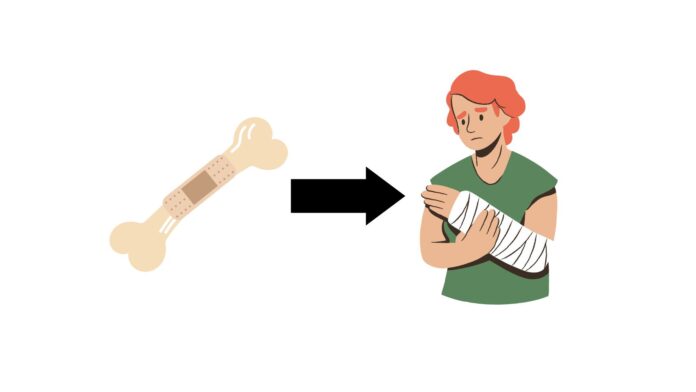

For Mackenzie Gillespie-Tracey, the injuries never stop.
They aren’t her own, but rather the injuries of varsity athletes at St. Thomas University. In her first year working as the in-house athletic therapist for STU’s athletic department, a job that she says is no simple task, it was the first time many athletes had free access to an athletic therapist.
Previously working as a student athletic therapist at Brock University in St. Catherines, Ont., Gillespie-Tracey graduated from Oakville’s Sheridan College with a bachelor’s degree in applied health sciences, with honours in athletic therapy.
“Getting a job at STU was pretty exciting, fresh out of school,” said Gillespie-Tracey.
Though she had previously worked with sports teams, she said this position gave her the opportunity to help teams that she hadn’t worked with previously.
“Now that I’ve been exposed to everything, I found something in every sport that I love,” she said.
The new position came with its challenges; from the administrative side and knowing how much tape to order, to learning the individual personalities of the different teams.
Each team demonstrated a different mindset and needed to be handled differently when it came to injuries, she said.
“There’s certain sports where I could go to everybody and ask if they’re okay, and there’s others where I stand back and just watch their body language,” said Gillespie-Tracey.
On game days, Gillespie-Tracey can find herself at the gym, pitch or rink for hours on end. Whether it’s taping or icing, she said once it comes to game time, she puts on her “first responder hat.”
The most rewarding part of her job is helping athletes get back to playing the sport, noting one special game where a student on the women’s basketball team was able to return after a year-long injury.
“I was almost in tears watching her in her first game. It was just so exciting,” she said.
Gillespie-Tracey said past experiences helping athletes have been short-lived, and she often hasn’t always been able to see injury recoveries all the way through.
But that is what makes her current job different from the rest.
She also had the opportunity to mentor student-trainers who worked with specific STU teams. She helped them with taping and other athletic therapy techniques and invited them to shadow her in the clinic on campus.
She described the mentoring position as a “pretty easy transition” after having a similar experience at Brock University.
One of these students was Alyssa Campbell, a fourth-year student studying kinesiology at the University of New Brunswick. She got an email encouraging kinesiology students to apply for the practicum and was placed with STU’s women’s hockey team for the 2022-23 season.
Joining the varsity team for each of its games and practices, Campbell said the most difficult part was finding a balance between being friends and being a professional with the athletes.
However, she appreciated the chance to have Gillespie-Tracey as a mentor.
“She went above and beyond trying to make sure that we were comfortable and confident in what we were doing,” said Campbell.
Joining the team as a “stranger,” Campbell said she and fellow trainers were unsure whether athletes would trust them, but everyone was “super welcoming.” Her favourite part of the season was the atmosphere that helped trainers feel like “a part of the team.”
Ekaterina Pelowich, a third-year forward on the women’s hockey team, experienced both Gillespie-Tracey and Campbell’s knowledge firsthand. She said the trainers are more like friends to the team.
Suffering a tricky ankle injury without a sound diagnosis, Pelowich said the trainers never stopped looking for an answer.
“They were always there; they always asked me how it was,” said Pelowich. “Honestly, they go above and beyond for anyone, whoever it is.”
This is the first time in her career at STU that Pelowich experienced having an in-house athletic therapist, which has been a game-changer. Having the option to see Gillespie-Tracey regularly takes away from some of the stress of an injury for athletes.
“It’s definitely a privilege to have [her] there for us,” she said.
